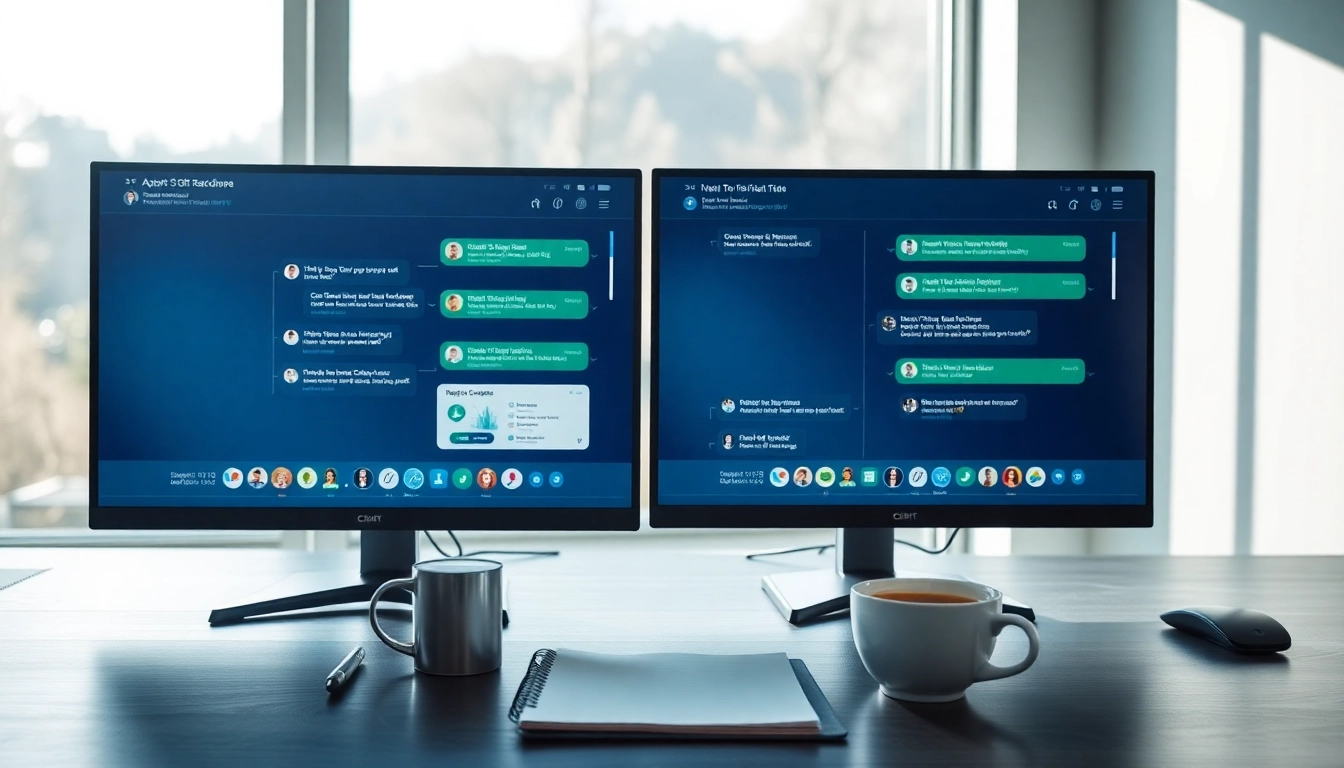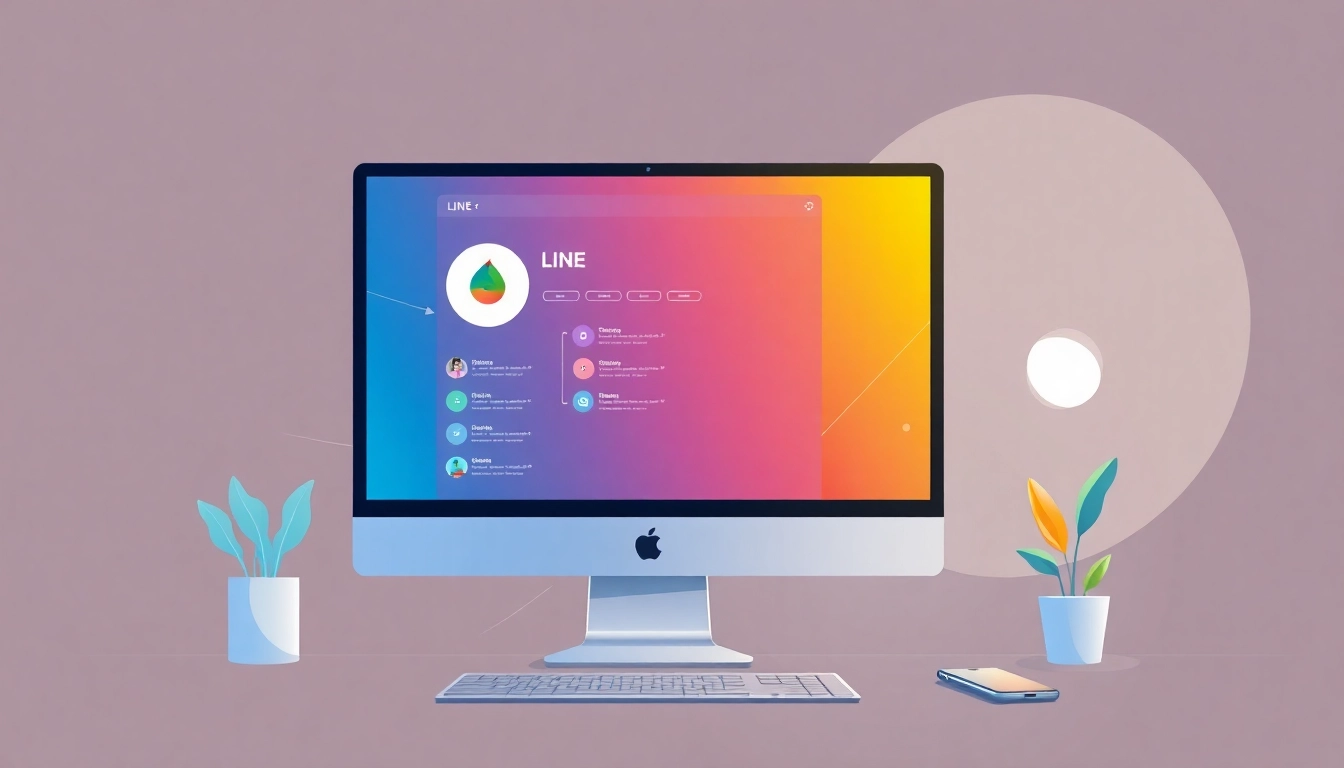1. Understanding ChatGPT Chatbots
1.1 What is a ChatGPT Chatbot?
A chatgpt chatbot is an advanced conversational agent powered by OpenAI’s language processing model, GPT (Generative Pretrained Transformer). These chatbots are designed to engage users in natural language dialogue, providing assistance, answering queries, and facilitating interactions in a human-like manner. By leveraging context and previous exchanges, ChatGPT can generate coherent responses that enhance user experience and enable seamless communication.
1.2 How ChatGPT Works Behind the Scenes
At the core of ChatGPT chatbots lies a sophisticated architecture based on deep learning. GPT is trained on a diverse dataset from the internet, allowing it to understand and produce human language effectively. It utilizes a transformer model, which excels at understanding context and relationships between words. When a user inputs a message, the model analyses the text, predicts the next words, and generates a response based on probability. This self-attention mechanism enables it to consider all parts of the input while formulating a reply, ensuring richness and relevance in interactions.
1.3 Chatbot Use Cases in Different Industries
ChatGPT chatbots have found application in a multitude of industries, significantly transforming how businesses engage with customers. In the retail industry, these chatbots serve as virtual shoppers, assisting customers in finding products, making recommendations, and processing orders. Healthcare providers use them as digital health assistants, where they can answer patient inquiries, schedule appointments, and provide medication reminders. The finance sector employs ChatGPT for customer support, helping users navigate accounts, transaction queries, and financial advice. Other sectors, like education and travel, are also leveraging these advanced conversational agents to improve service delivery and enhance user engagement.
2. Benefits of Implementing a ChatGPT Chatbot
2.1 Improved Customer Engagement Strategies
Implementing a ChatGPT chatbot enables businesses to significantly enhance their customer engagement strategies. With instant response capabilities, these chatbots can address customer inquiries 24/7, providing timely assistance that fosters customer satisfaction. By having personalized interactions based on user preferences and past behavior, ChatGPT can create a sense of connection, cultivating loyalty and trust. Furthermore, this level of engagement helps businesses gather invaluable insights into customer behavior and preferences, informing more effective marketing strategies.
2.2 Cost-Effectiveness of Chatbot Solutions
Cost-effectiveness is a key advantage of integrating ChatGPT chatbots. They can handle a substantial volume of inquiries simultaneously, reducing the need for extensive customer support teams. This not only cuts labor costs but also minimizes wait times for customers, streamlining operations. Moreover, the scalability of chatbot solutions allows businesses to adjust their usage based on demand without incurring significant additional expenses. Investing in a chatbot can thus lead to substantial savings in the long term while maintaining high service levels.
2.3 Enhancing User Experience with AI
AI-driven ChatGPT chatbots play a vital role in enhancing user experiences. By offering personalized recommendations and guidance, they can assist users in navigating services and products more easily. For instance, a chatbot can analyze user preferences and tailor its suggestions, making interactions more meaningful. The instant feedback provided by these chatbots also creates a supportive environment for users, allowing them to resolve issues quickly. Overall, the integration of AI improves the efficiency and satisfaction of user interactions across platforms.
3. Best Practices for Deploying a ChatGPT Chatbot
3.1 Designing an Intuitive User Interface
An effective ChatGPT chatbot starts with an intuitive user interface (UI). A user-friendly design ensures that customers can easily engage with the chatbot without confusion. This involves clear visual cues and seamless navigation options that lead users to their desired endpoints quickly. Additionally, utilizing natural language prompts and structured questions can guide users in formulating their responses, enhancing the interactive experience. A well-designed UI ensures that even users who are not tech-savvy can comfortably communicate with the chatbot.
3.2 Ensuring Responsive and Context-Aware Interactions
To maximize the effectiveness of a ChatGPT chatbot, developers must ensure it provides responsive and context-aware interactions. This means programming the chatbot to recognize and adapt its responses based on previous interactions and user context. Leveraging features like session history tracking and user intent analysis can significantly enhance the relevance of responses, making conversations more productive. A context-aware chatbot can deliver a customized experience that anticipates user needs and addresses them proactively.
3.3 Ongoing Training and Improvement Techniques
Like any AI system, ChatGPT chatbots require ongoing training and refinement to maintain accuracy and effectiveness. Regularly updating the model with new data and user interactions helps enhance its understanding of language and context. Employing feedback loops where user responses are analyzed can identify common errors or misunderstandings that need attention. Additionally, training the chatbot on specific industry terminology and customer service protocols can refine its responses further, ensuring that it stays relevant and effective over time.
4. Measuring Success: Metrics to Track
4.1 Key Performance Indicators for Chatbots
Establishing Key Performance Indicators (KPIs) is crucial for measuring the success of a ChatGPT chatbot implementation. Common KPIs include response time, resolution rate, user satisfaction scores, and engagement levels. Monitoring response times can identify potential bottlenecks in support processes, while resolution rates can gauge the effectiveness of the chatbot in addressing user queries. User satisfaction scores can be collected through post-interaction surveys. Engaging with analytics tools allows businesses to measure these KPIs effectively and derive actionable insights for optimization.
4.2 Analyzing User Feedback and Adaptations
User feedback is invaluable for understanding the strengths and weaknesses of a ChatGPT chatbot. Regularly analyzing this feedback allows businesses to identify common pain points users experience, leading to informed adaptations in the chatbot’s functionality and responses. Establishing a feedback mechanism, such as quick survey prompts after interactions or direct user feedback channels, encourages users to share their experiences. Continuous adaptations based on user feedback not only enhance the chatbot’s performance but also demonstrate to customers that their opinions are valued.
4.3 ROI: Calculating the Cost-Benefit of ChatGPT
Calculating the return on investment (ROI) of a ChatGPT chatbot involves assessing both tangible and intangible benefits. Tangible benefits often include reduced operational costs, increased sales, and higher customer retention rates. Intangible benefits, such as improved customer satisfaction, loyalty, and brand reputation, play a significant role in the overall evaluation but can be harder to quantify. Businesses should adopt a systematic approach to calculate ROI by comparing pre-implementation performance metrics with post-implementation outcomes, allowing for a comprehensive assessment of the chatbot’s value.
5. Future Trends in Chatbot Technology
5.1 Integration of ChatGPT with Other Technologies
The future of ChatGPT chatbots is poised towards seamless integration with various technologies, such as the Internet of Things (IoT), augmented reality (AR), and virtual reality (VR). These integrations will enable chatbots to interact with a wider range of smart devices and applications. For example, a user could engage with a chatbot through an AR device to receive in-the-moment guidance on product assembly. This collaborative ecosystem of technologies amplifies the potential for ChatGPT chatbots to deliver enhanced, contextually relevant experiences to users.
5.2 The Evolution of User Expectations
As AI technology progresses, user expectations continue to evolve. Customers increasingly demand more personalized, intuitive, and efficient interactions with chatbots. The expectation is that chatbots will not only respond to queries but anticipate needs, suggest alternatives, and provide guidance in complex situations. This trend necessitates ongoing innovation in chatbot development to enrich conversational capabilities and maintain relevancy against user expectations, ensuring that they remain effective in enhancing customer experiences.
5.3 Preparing for the Next Generation of Chatbots
Preparing for the next generation of chatbots involves adopting advanced machine learning techniques and deep learning models that can interpret and generate responses with human-like understanding. Businesses must invest in R&D to explore capabilities such as emotional intelligence, multi-modal communication (text, voice, images), and multilingual understanding. As we move into the future, enhancing the adaptability and capabilities of ChatGPT chatbots will be crucial for remaining competitive in a landscape that is constantly evolving.



